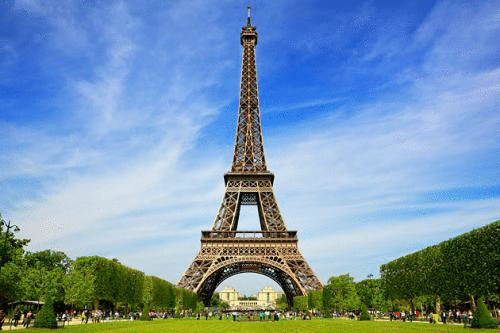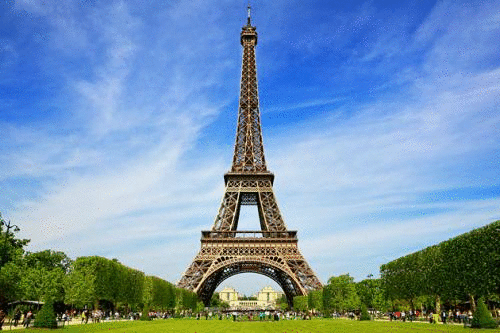Implementation of 'A Neural Algorithm of Artistic Style'
This is a Torch7 implementation of the method described in the paper 'A Neural Algorthm of Artistic Style' by Leon Gatys, Alexander Ecker, and Matthias Bethge (http://arxiv.org/abs/1508.06576).
Dependencies
- Torch7
- imagine-nn (for Inception network)
- CUDA 6.5+ (unless running on CPU -- see below)
imagine-nn (and any other Torch packages you're missing) can be installed via Luarocks:
luarocks install inn
Usage
First, download the models by running the download script:
bash download_models.sh
This downloads the model weights for the VGG and Inception networks.
Basic usage:
qlua main.lua --style <style.jpg> --content <content.jpg> --style_factor <factor>
where style.jpg is the image that provides the style of the final generated image, and content.jpg is the image that provides the content. style_factor is a constant that controls the degree to which the generated image emphasizes style over content. By default it is set to 2E9.
This generates an image using the VGG-19 network by Karen Simonyan and Andrew Zisserman (http://www.robots.ox.ac.uk/~vgg/research/very_deep/).
Other options:
model: {inception, vgg}. Convnet model to use. Inception refers to Google's Inception architecture. Default is VGG.num_iters: Number of optimization steps. Default is 500.size: Long edge dimension of the generated image. Set to 0 to use the size of the content image. Default is 500.display_interval: Number of iterations between image displays. Set to 0 to suppress image display. Default is 20.smoothness: Constant that controls smoothness of generated image (total variation norm regularization strength). Useful when using Inception model (set to ~5E-3). Default is 0.init: {image, random}. Initialization mode for optimized image.imageinitializes with the content image;randominitializes with random Gaussian noise. Default isimage.backend: {cunn, cudnn}. Neural network CUDA backend.cudnnrequires the Torch bindings for CuDNN R3.optimizer: {sgd, lbfgs}. Optimization algorithm.lbfgsis slower per iteration and consumes more memory, but may yield better results. Default issgd.cpu: Optimize on CPU instead of GPU (only VGG model supported).
Out of memory?
The VGG network with the default L-BFGS optimizer gives the best results. However, this setting also requires a lot of GPU memory. If you run into CUDA out-of-memory errors, try running with the Inception architecture or with the SGD optimizer:
qlua main.lua --style <style.jpg> --content <content.jpg> --model inception --optimizer sgd
You can also try reducing the size of the generated image:
qlua main.lua --style <style.jpg> --content <content.jpg> --size 300
If all else fails (or if you don't have a CUDA-compatible GPU), you can optimize on CPU:
qlua main.lua --style <style.jpg> --content <content.jpg> --cpu
Examples
The Eiffel Tower in the style of Edvard Munch's The Scream:
Picasso-fied Obama:
Implementation Details
When using the Inception network, the outputs of the following layers are used to optimize for style: conv1/7x7_s2, conv2/3x3, inception_3a, inception_3b, inception_4a, inception_4b, inception_4c, inception_4d, inception_4e.
The outputs of the following layers are used to optimize for content: inception_3a, inception_4a.
By default, the optimized image is initialized using the content image; the implementation also works with white noise initialization, as described in the paper.
In order to reduce high-frequency "screen door" noise in the generated image (especially when using the Inception network), total variation regularization is applied (idea from cnn-vis by jcjohnson).
Acknowledgements
The weights for the Inception network used in this implementation were ported to Torch from the publicly-available Caffe distribution.
Thanks to the Bethge Group for providing the weights to the normalized VGG network used here.


